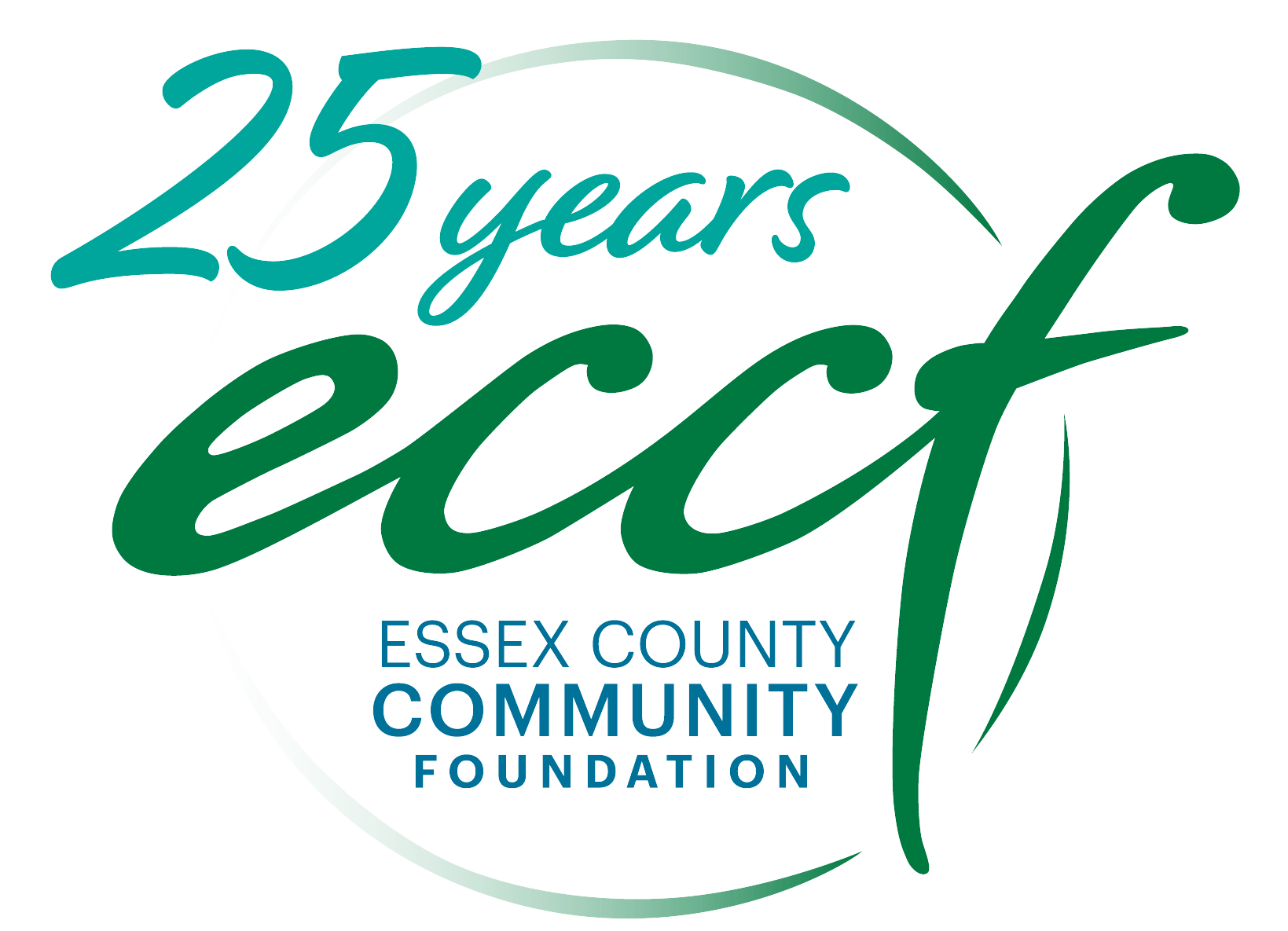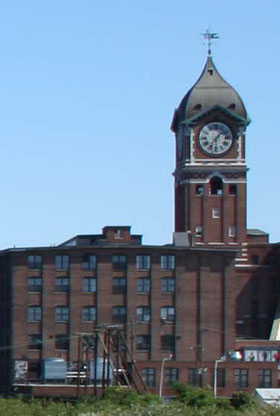How an Established Fund Helped ECCF Respond to the Gas Disaster
On the afternoon of Sept. 13, 2018, Benny Espaillat was driving through South Lawrence when he received a call from a colleague at the local radio station he manages.
“Something is happening.”
Then, almost on cue, fire trucks, one after the other, began roaring by.
Lawrence, Andover and North Andover were on fire. Explosions were leveling homes. Fear, chaos and a thick, black smoke were blanketing the three communities. A young man had lost his life.
That afternoon, as people fled their homes in search of temporary shelter and tried to figure out just what had happened and, more importantly, what to do – Espaillat said he received a call from Lawrence City Hall. Mayor Dan Rivera was asking him to handle calls about donations from people who were looking for ways to help the residents of Lawrence navigate this developing crisis.
“It was natural,” said Espaillat about the Mayor’s request. “We’d already been doing it on a small scale.”
For 10 years, Espaillat had been serving as one of the advisors to the Lawrence Emergency Fund, a fund initiated by the Lawrence-based Charles G. Pringle Foundation, of which Espaillat is a trustee, as was the late Patricia Karl, a Lawrence native and community activist. In partnership with Essex County Community Foundation, the Lawrence Emergency Fund was set up following a string of catastrophic events in the City: the 2002 drowning of four boys in the Merrimack River, the 2006 floods and the 2008 Parker Street fire among them.
“There were people willing to help each and every time an emergency knocked on our door,” he said.
But the reality was that there was no one mechanism in place to collect donations, provide documentation to the donors and ensure that funds were distributed in a fair, responsible and timely manner.
Donation checks were being returned because, “Where do we put the checks?” said Espaillat.
Essex County Community Foundation worked closely with the Pringle Foundation to set up that much-needed centralized system, a home base where people could place not only their generosity, but also their trust. ECCF, which manages and administers the fund, works closely with the Fund’s advisors and partner nonprofits to disperse donated dollars to people in need after a tragedy.
“The Community Foundation is the Lawrence Emergency Fund headquarters,” said Espaillat. “We depend a lot on ECCF.”
For the people of Lawrence, this partnership between ECCF and community leaders in Lawrence meant that there was now a place where they could turn in their greatest time of need.
“Hopefully we don’t have to use this, but we know it’s going to help the future of this great city of Lawrence,” said then-Mayor Michael Sullivan at a press conference announcing the Fund held on Sept. 18, 2009 – nearly nine years to the day before the City would need the Lawrence Emergency Fund the most.
On Sept. 13, 2018, when Espaillat received that call from Lawrence City Hall, ECCF and its Lawrence Emergency Fund had already been working collaboratively for nine years to help Lawrencians recover from tragedy. In fact, the Fund had assisted more than 100 families since its inception, providing flexible financial support through its nonprofit partners and connecting them with additional social services.
But Sept. 13, 2018 was something much, much bigger. This was a tragedy the likes of which the Merrimack Valley had never seen, and it not only affected thousands of people in the city of Lawrence, but also in the neighboring towns of Andover and North Andover too.
And people were waiting to help. All eyes turned to ECCF’s Lawrence Emergency Fund.
By early evening, ECCF staff and Lawrence Emergency Fund advisors – including Espaillat and Mayor Rivera – had all connected to discuss the philanthropic response to the crisis. And they all agreed. There was no question that the Lawrence Emergency Fund would be activated – and used to serve all three communities.
“What I learned on Sept. 13 was that we are one,” said Espaillat. “Lawrence, Andover and North Andover came together.”
That night, ECCF had communicated publicly its collaborative plan to activate the Lawrence Emergency Fund to respond to the devastating fires. Within 48 hours, more than $100,000 had been raised to help those affected by what we now know was the largest natural gas pipeline incident in the United States since 2010, one that had killed one young Lawrence man, injured dozens of others, leveled or severely damaged 60 homes and affected more than 10,000 people who lived without gas service for weeks and sometimes months, and are still recovering today.
“Because the Lawrence Emergency Fund was already established at ECCF and there was a history of trust and successful partnerships between the Foundation, Fund advisors and nonprofit partners, we were able to respond to the Sept. 13 fires right away,” said Beth Francis, ECCF’s president and CEO. “The ability to respond quickly to a large-scale crisis with a resource like the Lawrence Emergency Fund is a valuable lesson in preparedness for other cities and towns across Essex County.”
“It was a blessing to have the model already established,” said Espaillat. “There was already a system that had transparency and trust. It was already set up.”
Firefighter Juan “Manny” Gonzalez was pulling double-duty on Sept. 13, 2018. He was acting lieutenant on Ladder 5, battling fires across the City while explosions rocked his own neighborhood. He was also working to respond to the needs of victims.
Gonzalez, who co-founded the disaster organization Heal Lawrence with friend Wayne Hayes, was used to working closely with the Lawrence Emergency Fund and its nonprofit partner, the Greater Lawrence Community Action Council. But this was different.
“There was no way we would have been able to handle such a disaster,” said Gonzalez. “This was something on such a large-scale and I’m glad that ECCF was around. I’m glad that there was an entity that could handle this.”
As events unfolded and the magnitude of the tragedy became more apparent, the work of ECCF and the Lawrence Emergency Fund, at the prompt of Governor Charlie Baker, helped to birth a new ECCF fund – the Greater Lawrence Disaster Relief Fund, which ultimately provided $12.2 million in support to the affected residents in Lawrence, Andover and North Andover. A separate small business relief effort, led by a collaboration including ECCF, also emerged.
Today, one year later, removed from national media attention and the immediacy of a large-scale tragedy, the Lawrence Emergency Fund carries on with its work, being there every day for the people of Lawrence when they need it.
“One of the pride and joys of this work is when families send us notes saying ‘we are back on our feet,’” Espaillat said. “I like the sense of collaboration, the idea that we’re not alone in our community.”
Gonzalez said this collaborative work between ECCF, the Lawrence Emergency Fund and its nonprofit partners has helped the people of Lawrence to feel that too.
“The peace of mind when we tell them, ‘you are not alone,’” he said. “That alone is huge. It makes a huge difference in the community.”
ECCF’s Lawrence Emergency Fund was established to create an organized response to tragic and catastrophic events that disrupt lives and communities. You can donate to the Lawrence Emergency Fund by clicking here.




